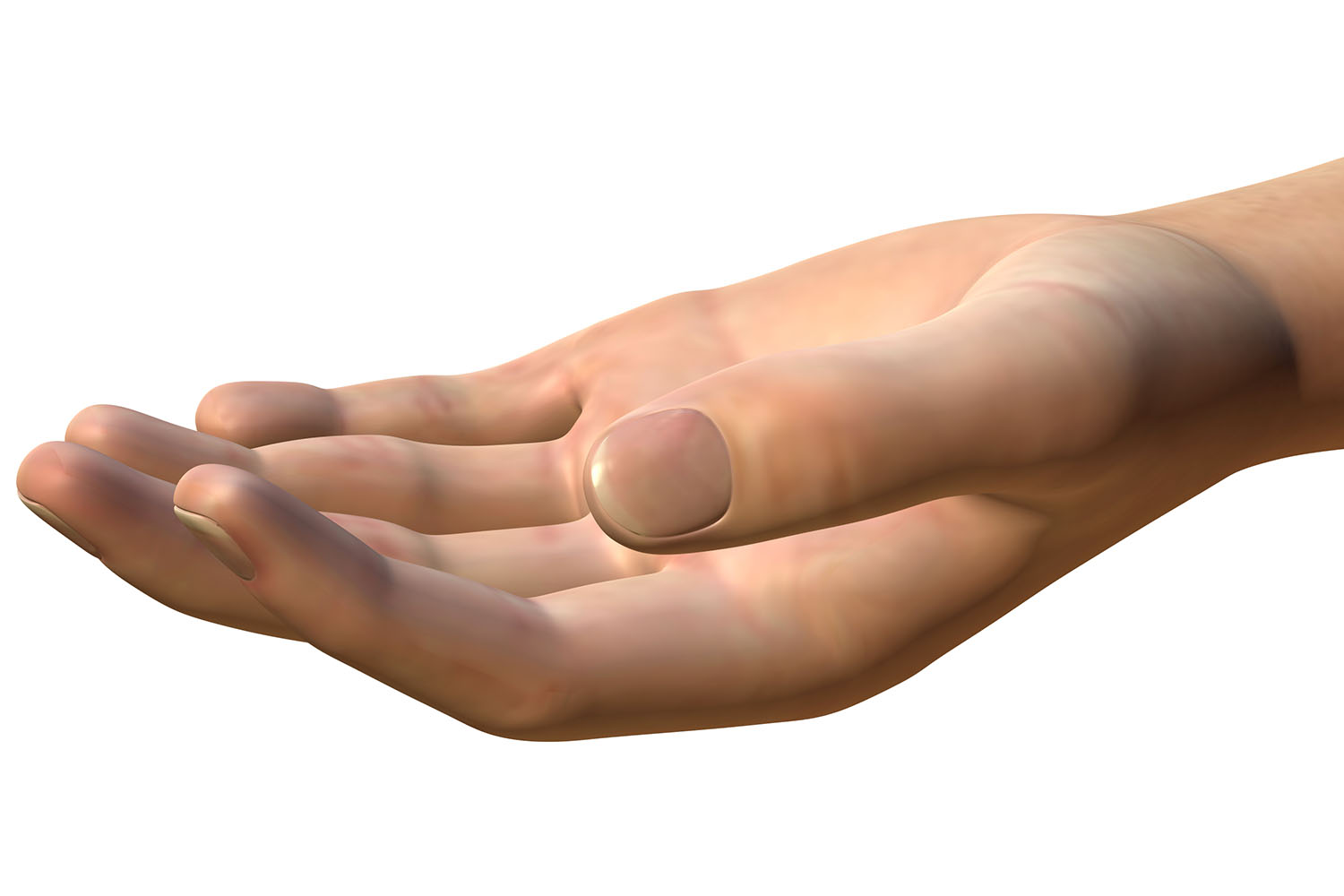Overview
The human hand is a marvel of anatomical engineering, showcasing the evolution of complex motor skills and dexterity that enable us to interact with our environment in intricate ways. The various parts of hand work in concert to provide us with the ability to perform a wide range of tasks, from the delicate art of threading a needle to the robust motion of swinging a hammer. This blog delves into the fascinating anatomy and functionality of the parts of hand, revealing the remarkable synergy between bones, muscles, tendons, and nerves.
Bones: The Framework of the Hand
At the foundation of the parts of hand are the bones, providing structure and support. The human hand contains 27 bones, categorized into three groups:
- Carpals: These eight small bones form the wrist, allowing for its complex range of motion. The carpals are arranged in two rows and connect the hand to the forearm.
- Metacarpals: The five metacarpal bones extend from the wrist to the fingers. They form the palm and play a crucial role in the hand’s grip and overall dexterity.
- Phalanges: These 14 bones are found in the fingers and thumb. Each finger has three phalanges (proximal, middle, and distal), while the thumb has two. The phalanges enable the fingers to perform precise movements.
Joints: Points of Articulation
The parts of hand are interconnected through various joints, which facilitate movement and flexibility. Key joints include:
- Wrist Joint: The articulation between the radius and carpal bones, allowing for the hand’s broad range of motion.
- Metacarpophalangeal (MCP) Joints: These joints connect the metacarpals to the proximal phalanges, enabling the fingers to bend and straighten.
- Interphalangeal (IP) Joints: Found between the phalanges, these joints are divided into proximal interphalangeal (PIP) and distal interphalangeal (DIP) joints, crucial for the fine movements of the fingers.
Muscles and Tend
ons: Power and Precision
The muscles and tendons are essential parts of hand that provide the strength and precision needed for various tasks. The hand contains two main muscle groups:
- Intrinsic Muscles: Located within the hand, these muscles are responsible for the fine motor skills and intricate movements of the fingers. They include the thenar (thumb) and hypothenar (little finger) muscle groups.
- Extrinsic Muscles: Originating in the forearm, these muscles control the gross movements of the hand and fingers. Tendons from these muscles extend into the hand, connecting to the bones and facilitating movement.
Tendons are the fibrous tissues that connect muscles to bones, transmitting the force generated by muscles to create movement. Key tendons in the hand include the flexor tendons (which bend the fingers) and the extensor tendons (which straighten the fingers).
Nerves: The Communication Network
Nerves are crucial parts of hand, providing the sensory and motor functions necessary for hand activity. The primary nerves involved are:
- Median Nerve: Responsible for the sensation and motor control of the thumb, index, middle, and part of the ring finger. It is often associated with carpal tunnel syndrome, a condition where the nerve is compressed, leading to pain and numbness.
- Ulnar Nerve: This nerve controls the little finger and part of the ring finger, as well as some intrinsic hand muscles. Compression of the ulnar nerve can cause a condition known as cubital tunnel syndrome.
- Radial Nerve: It provides sensation to the back of the hand and controls some of the muscles that extend the wrist and fingers.
Skin and Blood Vessels: Protection and Nourishment
The skin is the outermost part of hand, offering protection and a sensory interface with the environment. It contains numerous receptors that detect touch, pressure, and temperature. Blood vessels are also critical, supplying the hand with oxygen and nutrients. The radial and ulnar arteries are the main blood vessels providing circulation to the hand.
The parts of hand collectively form a complex and highly functional system, enabling a vast array of movements and activities. Understanding the anatomy and interconnections of bones, joints, muscles, tendons, nerves, skin, and blood vessels highlights the remarkable capabilities of the human hand. This intricate coordination is essential not only for daily tasks but also for the unique expressions of human creativity and skill, from art and music to technology and craftsmanship. The study of the parts of hand is not just an exploration of anatomy but a celebration of human potential and ingenuity.



